
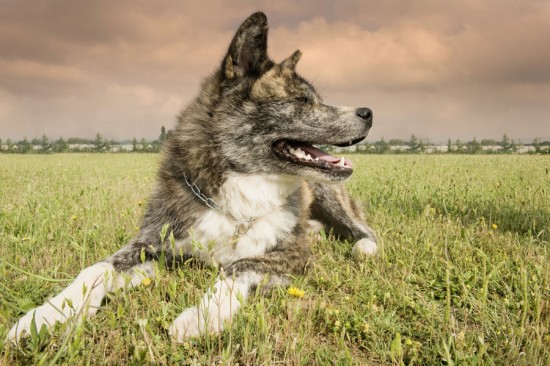
If you’ve ever heard the term ‘utility dog’ used to describe a particular breed or type of dog and wondered what it meant, then you’re not alone! The phrase ‘utility dog’ is a Kennel Club classification which is generally used as a catch-all to cover dogs which do not fit into any other categorisation, such as the Tibetan spaniel and the Schnauzer. The list is mainly, but not exclusively, comprised of dog breeds that were initially bred and raised for a specific working purpose that is no longer in use today.
The different Kennel Club authorities throughout the world have some degree of variation within their respective lists of breeds that fall under the heading of utility dogs, and some of the dogs which in America fall under the toy dog category (such as the Shih Tzu) appear on the UK the Kennel Club’s list of utility dogs instead.
Because the utility dogs grouping consists of dogs that do not have the commonality of being of one particular ‘type’ or bred for one particular purpose, unless you are personally aware of the names of all of the dog breeds that are included upon the list, you would probably have a hard time picking a utility dog out of a line up!
The UK Kennel Club’s definitive list of recognised utility dogs is made up of the following twenty nine breeds.
The American Akita is a large dog from the Spitz grouping, which originated in Japan and has now been divided into two separate breed groupings; the American Akita and the Japanese Akita. The American Akita was initially introduced to America after World War Two, when American soldiers who had served in the Far East brought them home as pets.
The Boston Terrier originated in the United States in the 1800’s and is most widely considered to be a cross of the English Bulldog and a terrier breed with later intermingling of French Bulldog lineage.
Bulldogs originated in England in the 1500’s and were originally bred for their strength and stamina which made them the perfect choice of dogs for bull baiting; a cruel blood sport that is thankfully outlawed in the UK today.
The Canaan dog is Israel’s national dog breed, with only two to three thousand pure bred specimens estimated to exist in the world. Canaan dogs are considered to be a skilled choice of partner for agility, flyball, tracking and herding purposes.
The Chow Chow or ‘puffy lion dog’ hails from China, and recent DNA analysis has indicated that it is one of the oldest dog breeds in the world. Ancient artwork from 150 BCE shows Chow Chow type dogs being used for hunting.
The distinctive Dalmatian is a Croatian scent- hunting dog which was popular in the UK during the 1800’s as a carriage dog.
The Eurasier is a Spitz type of dog hailing from Germany that was originally bred as a working dog.
The French Bulldog is a small companion dog breed which is closely related to both the American Bulldog and the English Bulldog.
The German Spitz Klein is a Spitz- type dog which is thought to have descended from the Nordic Samoyed and Lapphund breeds, and was traditionally used as a shepherd dog.
The German Mittel of the Spitz subsection was originally used as a farm dog and all round guard dog.
Closely related to the American Akitas which were originally bred from their Japanese cousins, the Japanese Akita is a large, powerful breed which was historically used in its native Japan for hunting deer, bears and boar.
The Shiba Inu is similar in appearance to the Akita, albeit much smaller. Originally used for hunting in the mountainous terrain of Japan.
The Japanese Spitz is kept as a companion dog, and was developed in Japan in the 1920’s and 1930’s from German Spitz lineage.
The Keeshond is another Spitz breed dog which was originally known as the Wolfsspitz, and was popularly referred to as the ‘Dutch Barge Dog’ in England in the 1920’s.
The Korean Jindo was originally a hunting dog which hails from Jindo Island in South Korea.
The Lhasa Apso is a Tibetan dog that was historically used to alert the monks in Tibetan monasteries of intruders.
The Mexican Hairless Dog comes in three recognised sizes with their own breed class classifications; Miniature, Intermediate and Standard. As the name implies, this dog hails from Mexico, and originated as a spontaneous mutation of the gene which leads to hairlessness.
The Miniature Schnauzer hails from Germany, and is the result of deliberate breeding between the standard sized Schnauzer dog and smaller breeds such as the Affenpinscher and Poodle to produce their signature small size.
All three of the Poodle size classifications are considered to be utility dogs, with the respective size variations coming about from selective breeding programmes. The Poodle was originally bred as a water dog, and despite its cultural associations with France, actually originated in Germany.
The Schipperke is a small breed of Belgian dog, with some debate still ongoing as to whether the Schipperke is a miniature sheepdog type, or a strain of Spitz dog.
The Schnauzer is another German breed considered to be of the terrier type in terms of conformation, and was originally bred as a rat catcher’s dog.
The Chinese Shar Pei is very distinctive with its all over body wrinkles and unusual blue-black coloured tongue. Considered to be one the world’s rarest breeds of dog, the Shar Pei was not recognised by The Kennel Club until 1991.
The Shih Tzu often falls in the toy dog category in other areas of the world, and is considered to be one of the most ancient breeds of dogs with recent DNA analysis indicating a close genetic resemblance to wolves.
The Tibetan Spaniel is not a true spaniel, but is in fact more closely related to the Pekingese, Pug and Lhasa Apso, as well as other Japanese breeds.
The Tibetan Terrier is not a true member of the terrier grouping, and has enjoyed a long and mutually beneficial relationship with people as both a companion, guard and herding dog.
While the category of ‘utility dog’ is generally used as a catch-all for dogs which do not fit cleanly into another categorisation, to further muddy the waters, not every unclassified breed is included within it! There are a small number of additional breeds which The Kennel Club classes as ‘unrecognised’- This means that there is insufficient information available on the dog type in question to form breed standards, judging protocols and breeding programmes, as well as a lack of verifiable documentation. This often happens with ‘young’ breeds which are still becoming established, and sometimes eventually go on to become recognised as a Kennel Club standard breed in their own right.
 Feeding Wild Birds During The Winter
Feeding Wild Bird
Feeding Wild Birds During The Winter
Feeding Wild Bird
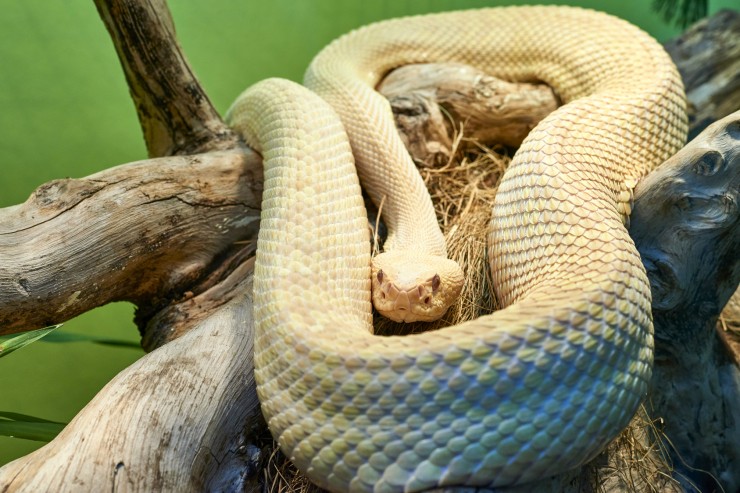 Do Pet Snakes Have To Eat Live Food?
Do Pet Snakes Hav
Do Pet Snakes Have To Eat Live Food?
Do Pet Snakes Hav
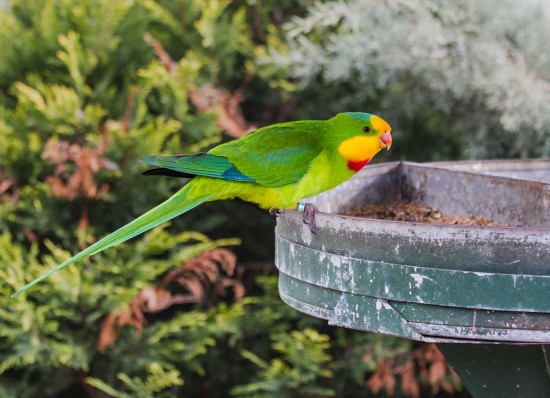 Barraband Parrot (superb Parrot)
Barraband Parrot
Barraband Parrot (superb Parrot)
Barraband Parrot
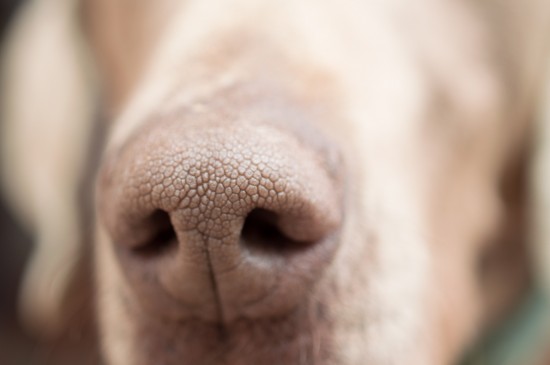 6 Reasons Why Your Dog May Have A Dry Nose
6 Reasons Why You
6 Reasons Why Your Dog May Have A Dry Nose
6 Reasons Why You
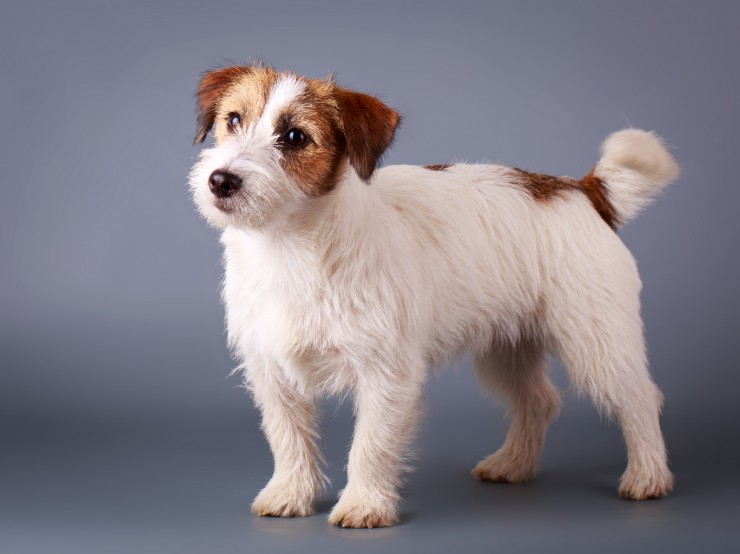 Five Universal Personality Traits Of The Jack Russell Terrier
Five Universal Pe
Five Universal Personality Traits Of The Jack Russell Terrier
Five Universal Pe
Copyright © 2005-2016 Pet Information All Rights Reserved
Contact us: www162date@outlook.com